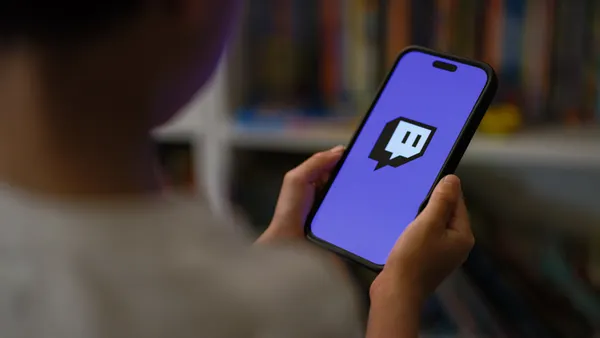Dive Brief:
- Facebook is offering marketers an opportunity to purchase ads on the videos it considers to be the most brand-safe, according to several ad agency executives cited in a Digiday report. The program is being referred to as a test, and advertisers can participate for $750,000 for three months.
- The ad buyers who have been approached about the program say Facebook is offering little control over where ads will appear, and many are wary of placing their full trust in the platform to determine whether videos are brand-safe. The test includes Facebook’s Watch video platform and video running in other areas of Facebook.
- Advertisers participating in the test won’t be able to target their ads based on viewers’ interests, locations or gender, like most of the Facebook ads placed on videos as mid-rolls or pre-rolls. Ads placed as part of the test will be broadly targeted to viewers age 18 and older. Facebook will also not allow advertisers to decide which publishers’ videos they want to appear with and which ones they don’t. Advertisers will be billed for ad impressions delivered in that demographic, as measured by Nielsen, according to sources in the report.
Dive Insight:
Facebook continues to cast about for an effective solution to brands' concerns around brand safety. In the social media giant's latest attempt, the $250,000 per month price tag for brand-safe video ad buys could seem like a reasonable price to advertisers, especially considering the cost of a high profile brand safety issue in lost sales, damaged reputations and diminished consumer trust. But, the program's lack of transparency and control has advertisers skeptical. Facebook has struggled to attract viewers and advertisers for its Watch platform after similar lack of control issues around ad placement.
Facebook’s new video ad buying approach resembles the Google Preferred program, a group of YouTube channels that Google sells to advertisers at higher prices. YouTube has faced several brand safety issues over the past year resulting in a couple of advertiser boycotts. To put advertisers’ minds at ease around brand safety, Google announced tougher vetting standards for the YouTube videos included in Preferred to help ensure that inappropriate or offensive content isn’t appearing next to branded messages.
Brand safety has been an ongoing concern for marketers, with 70% of companies saying they take it seriously and 75% being exposed to brand safety issues, per a survey by artificial intelligence company GumGum and Custom, Digiday’s creative content agency. However, only 26% have taken any action on the issue. Facebook was rated as the least brand safe in the survey.
Facebook has attempted to address transparency issues surrounding video content before. The company said it would provide advertisers with lists of which publishers’ videos might feature their ads before they purchase the spot, but the reports have only been provided to marketers buying directly through Facebook, according to the Digiday report. Facebook has also said it would give advertisers a list of the publishers’ videos that actually carried the ads, but the reports have been delayed and are expected to be available to marketers who buy ads directly through the platform by mid-2018.










